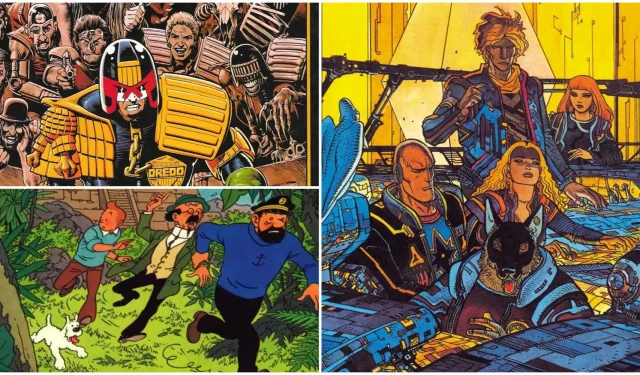
Essential Insights
- The title Torpedo presents a gripping mob narrative from the 1930s, filled with crime and assassinations.
- It Was the War of the Trenches delves into the horror of World War I through a graphic medium.
- Lucky Luke offers clever and comedic escapades of a cowboy, blending humor with historical contexts.
Humans have sketched comic depictions of one another since the prehistoric era. Nevertheless, the concept of comics as a narrative form gained real traction in the early 1900s, when illustrated strips featuring comedic characters, mischievous children, and quirky animals began to pop up in newspaper formats. This evolution paved the way for the advent of superhero tales in America and the import of dramatic manga from Japan. Europe found itself navigating between these two influences, often crafting unique narratives that reflected the continent’s own culture.
Several European comic strips blossomed into global phenomena, such as The Smurfs and The Moomins. Conversely, some titles remained localized, popular only within specific countries. Regardless of their reach, whether well-known, underrated, lighthearted, or dark, these examples represent some of the greatest and most impactful European comics, ordered by their popularity. Note that lower-ranked entries aren’t lesser in quality, but may simply be less accessible.
10 Torpedo
Sicilian Gangster’s Rise in 1930s America
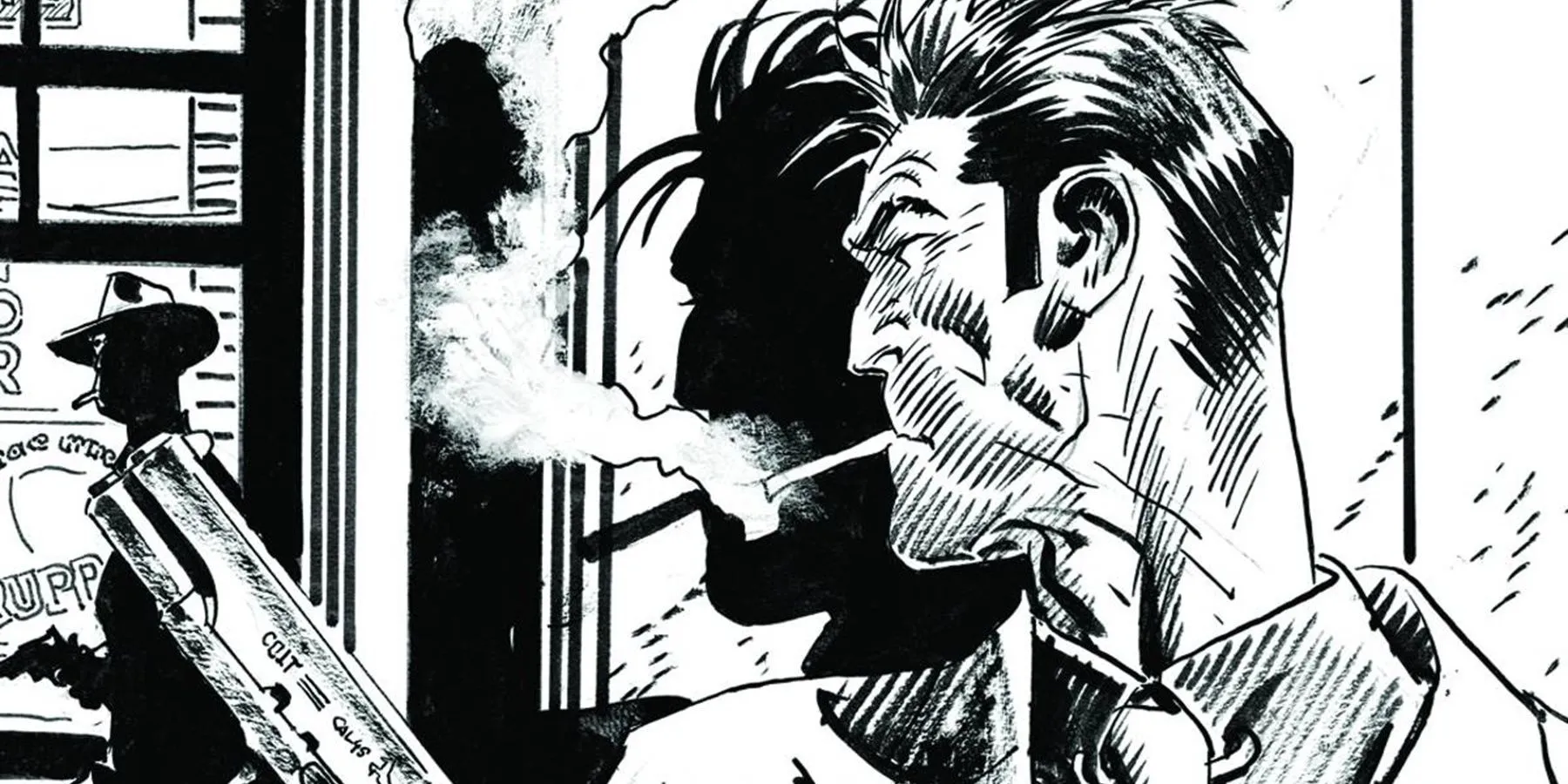
- Creators: Enrique Sánchez Abulí and Jordi Bernet.
- Origin: Spain.
- Volumes: 5.
- Publication Period: 1981-Present.
Before the superhero boom in American comics, there was a strong focus on gritty stories filled with detectives and criminals. In today’s landscape, these stories often get overshadowed by bright and colorful supervillains. However, gritty classics like Torpedo still thrive. Set in the tumultuous year of 1936, it chronicles the life of Luca Torelli, an Italian immigrant who transforms into a notorious mobster. In his early years, he cunningly coerces a neighbor into murdering his abusive father as an act of revenge for his older brother’s death.
This vicious act of vengeance leads to further complications as the neighbor seeks retribution, prompting Luca and his uncle to silence him. To evade the consequences, Luca follows his uncle’s instruction to flee to the United States. After navigating through low-paying jobs and progressively serious crimes, he carves out a reputation as one of New York City’s deadliest hitmen, or ‘torpedos’. His exploits are often accompanied by his Polish-American partner, Rascal, as they navigate the treacherous waters of organized crime in a classic noir tale.
9 It Was the War of the Trenches
The Horrors of World War I Captured in Gripping Detail
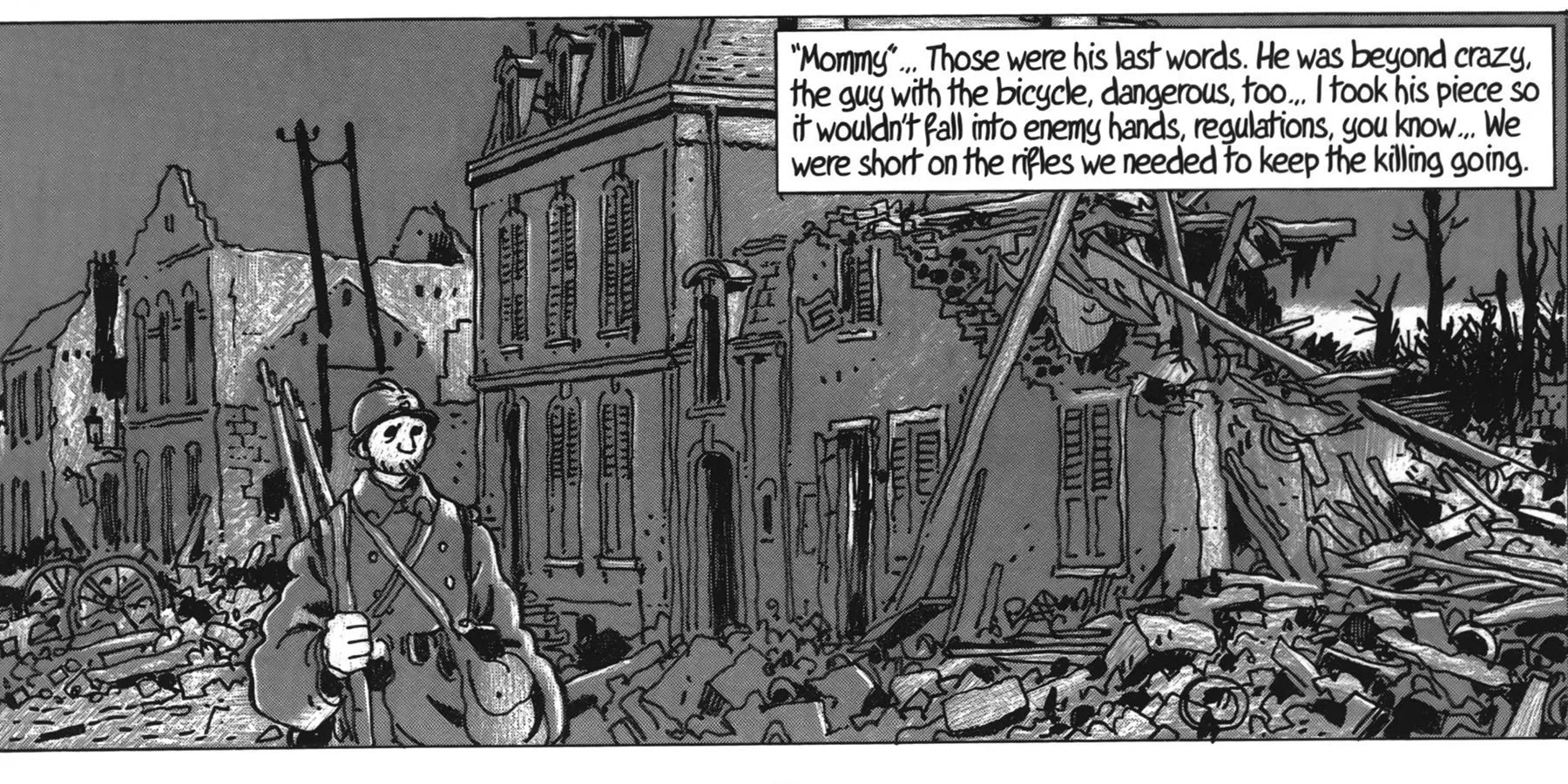
- Creator: Jacques Tardi.
- Origin: France.
- Volume: 1.
- Publication Year: 1993.
World War II tends to dominate the narrative in fiction due to its dramatic and varied stories, from political intrigue to clear-cut battles against villainy. In contrast, World War I’s narrative is murkier, characterized by global forces sending soldiers to their deaths in fields across Europe and beyond, fueled by complicated political allegiances.
In It Was the War of the Trenches, Jacques Tardi expertly merges historical narratives with recollection from his grandfather, who served in the war. The comic unflinchingly addresses the war’s harrowing impact on soldiers, detailing the ghastly injuries, fatalities, and the profound psychological scars that persisted long after the guns fell silent. Its straightforward approach to the war’s horrifying realities forces readers to confront the true cost paid by the participants.
8 Marvelman/Miracleman
A Silver Age Hero Reimagined Through a Dark Lens
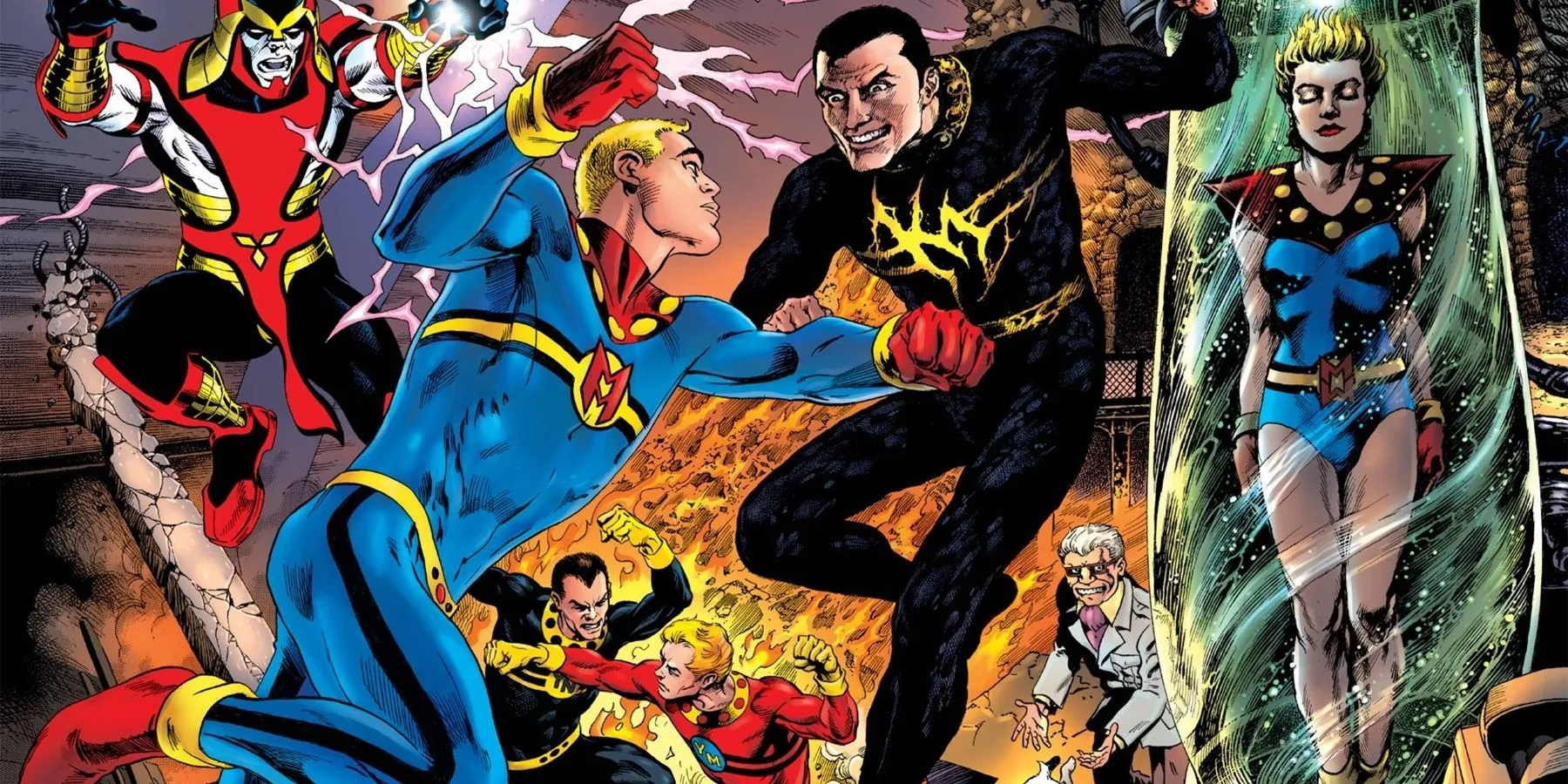
- Creators: Mick Anglo (original), Alan Moore, and Mark Buckingham (revival).
- Origin: United Kingdom.
- Volumes: 4.
- Publication Period: 1954-1963 (original), 1985-1993 (revival), 2014-Present (Marvel).
Any fan of Alan Moore could easily point to many of his works as noteworthy, from his chilling take on Jack the Ripper in From Hell to his innovative League of Extraordinary Gentlemen. One lesser-known yet fascinating work is his revision of Marvelman, a British hero conceived when legal issues kept Captain Marvel stories off the market. Renamed Miracleman to steer clear of potential conflicts with Marvel Comics (who own the character now), Moore’s retelling follows a man regaining his memories of his past life as a Silver Age superhero.
In this storyline, he discovers that his former sidekick, Johnny Bates, now Kid Marvelman, is alive but has been twisted by his powers into a malevolent figure. While not necessarily Moore’s most polished work, this story is undeniably influential, paving the way for darker narratives in superhero comics that resonate with works like The Boys, especially in terms of portraying flawed heroes. The evolution leads to a narrative reminiscent of the Injustice saga, with Miracleman taking drastic measures against former allies turned threats.
7 Lucky Luke
A Quick-Witted Cowboy Defends Justice in the Wild West
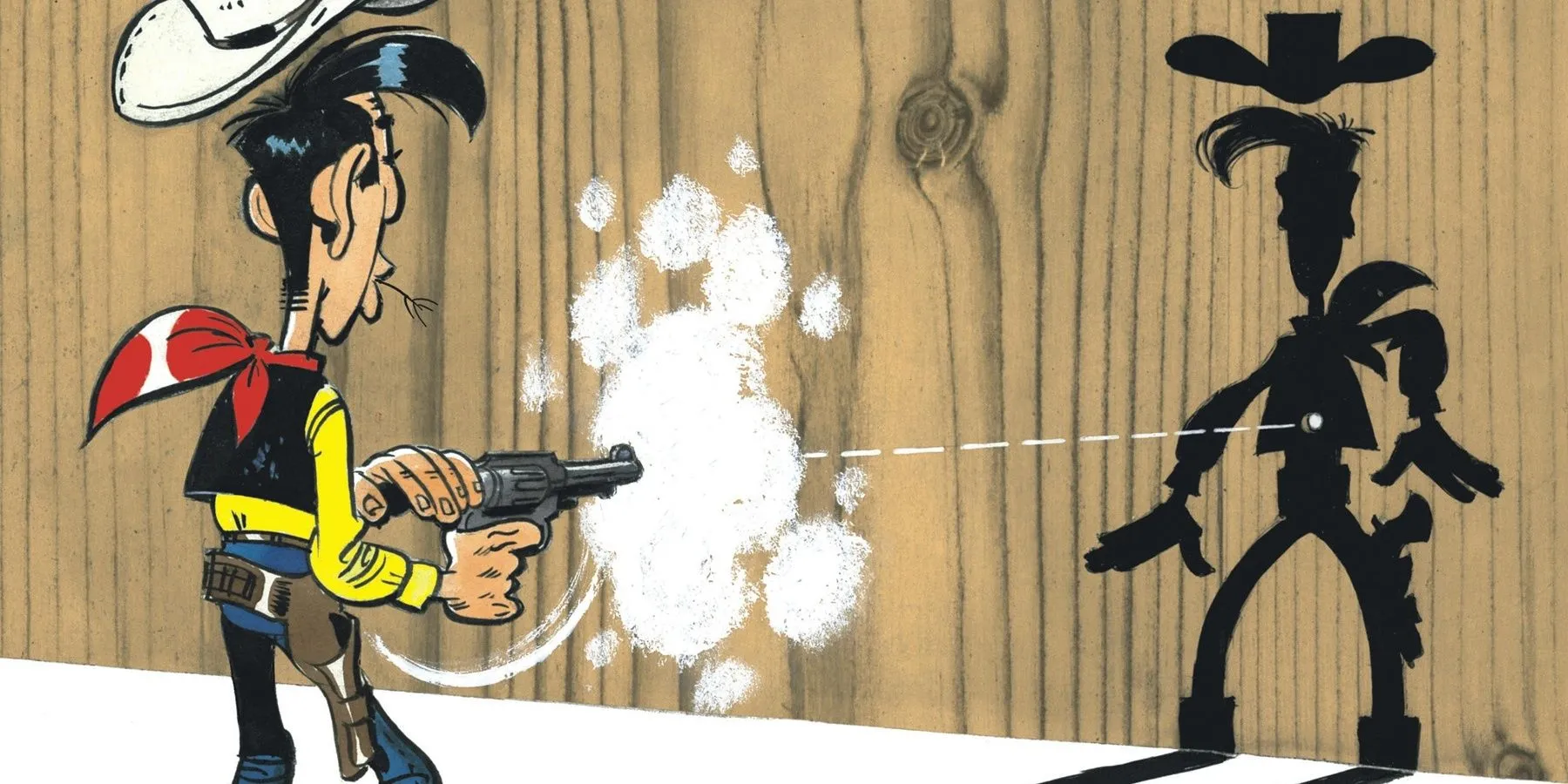
- Creator: Maurice ‘Morris’ De Bevere.
- Origin: Belgium.
- Albums: 72 (under Morris), 11 (under Achdé).
- Publication Period: 1946-Present.
While Torpedo effectively portrays American themes, numerous European comics are set against a stateside backdrop. Given that modern comics owe much to American origins, European creators often find inspiration within American narratives. This curiosity leads to questions about how comics like Torpedo and Les Tuniques Bleu (a comic centered on the American Civil War) interpret or portray American history. One such portrayal is found in Lucky Luke, a comic exploring the Wild West through the eyes of artist Maurice ‘Morris’ De Bevere.
In this strip, Lucky Luke is a cowboy famous for “shooting faster than his shadow,”accompanied by his horse Jolly Jumper and Rin Tin Can, often regarded as “the dumbest dog in the universe.” His adventures balance historical figures like Calamity Jane and Jesse James with a humorous spin, prioritizing entertaining narratives over strict historical accuracy. This approach has solidified Lucky Luke as a playful Belgian homage to classic Westerns.
6 The Incal
A Detective’s Cosmic Odyssey Guided by a Mysterious Crystal
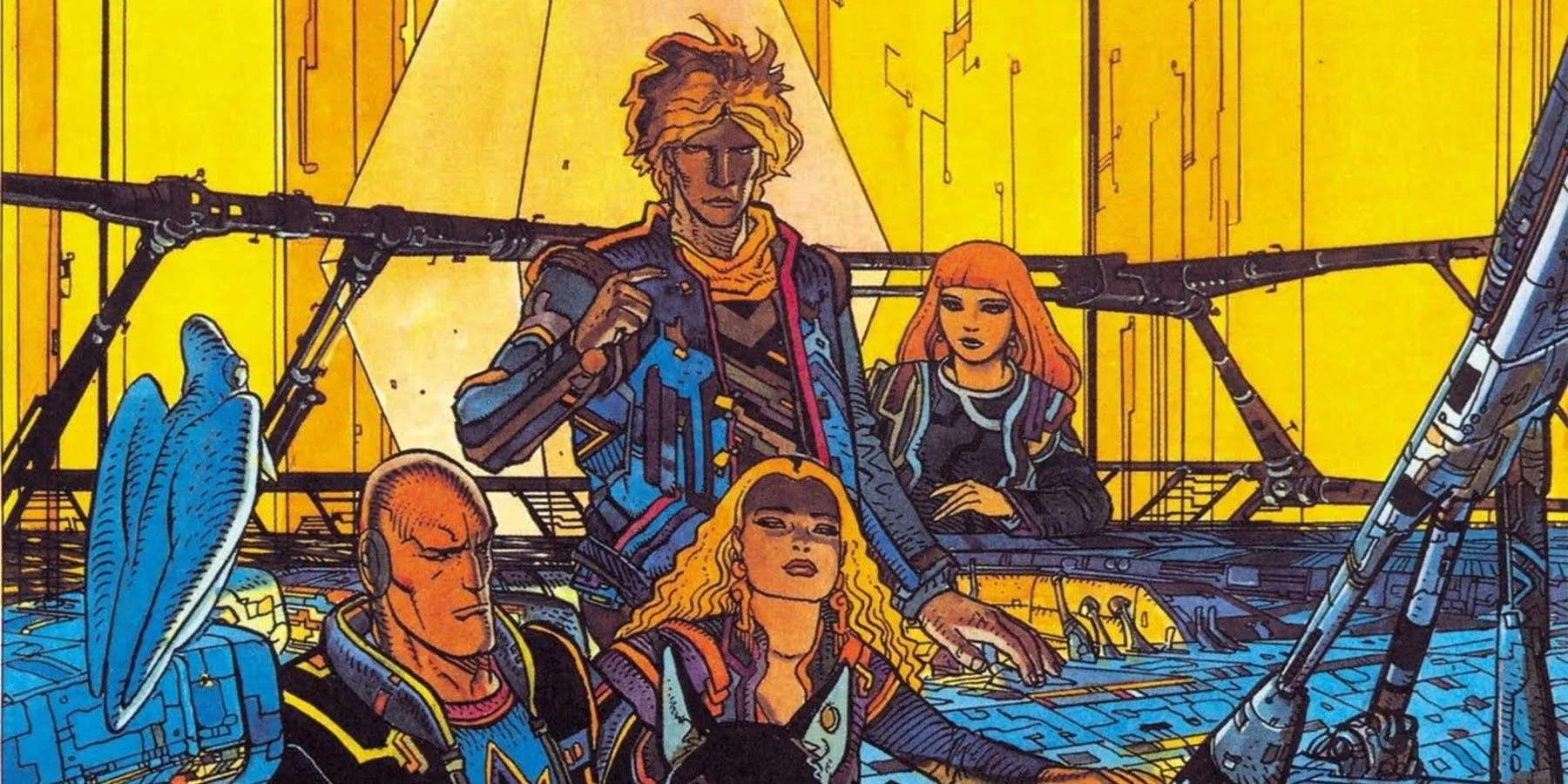
- Creators: Alejandro Jodorowsky, Jean ‘Moebius’ Giraud, Zoran Janjetov (Before the Incal), and José Landrönn (Final Incal).
- Origin: France.
- Volumes: 15.
- Publication Period: 1980-1988 (with Moebius), 1988-1995 (with Janjetov), 2008-2014 (with Landrönn).
Jean ‘Moebius’ Giraud stands as one of the most distinguished illustrators in comic history, known for crafting surreal sci-fi realms with a unique adaptation of the ligne claire style. His artwork has influenced various mediums, including iconic films such as Blade Runner and The Fifth Element, as well as celebrated creators like Hayao Miyazaki and Mike Mignola. Among his celebrated creations, The Incal emerged, gaining a life of its own.
This sci-fi noir narrative follows John Difool, who inadvertently acquires the Light Incal, a potent crystal sought after by various powerful factions. With an eclectic group of allies, including the warrior Kill Wolfhead and the Light Incal’s Keeper, Animah, John must protect the crystal from those seeking to exploit it, including the sinister Bergs and Technopriests, all while trying to save the universe. The series is iconic for its cyberpunk elements, presenting dystopian cities and surreal landscapes, blending Jodorowsky’s storytelling with Moebius’s artistic prowess.
5 The Metabarons
The Intriguing Backstory of The Incal’s Cyborg Mercenary
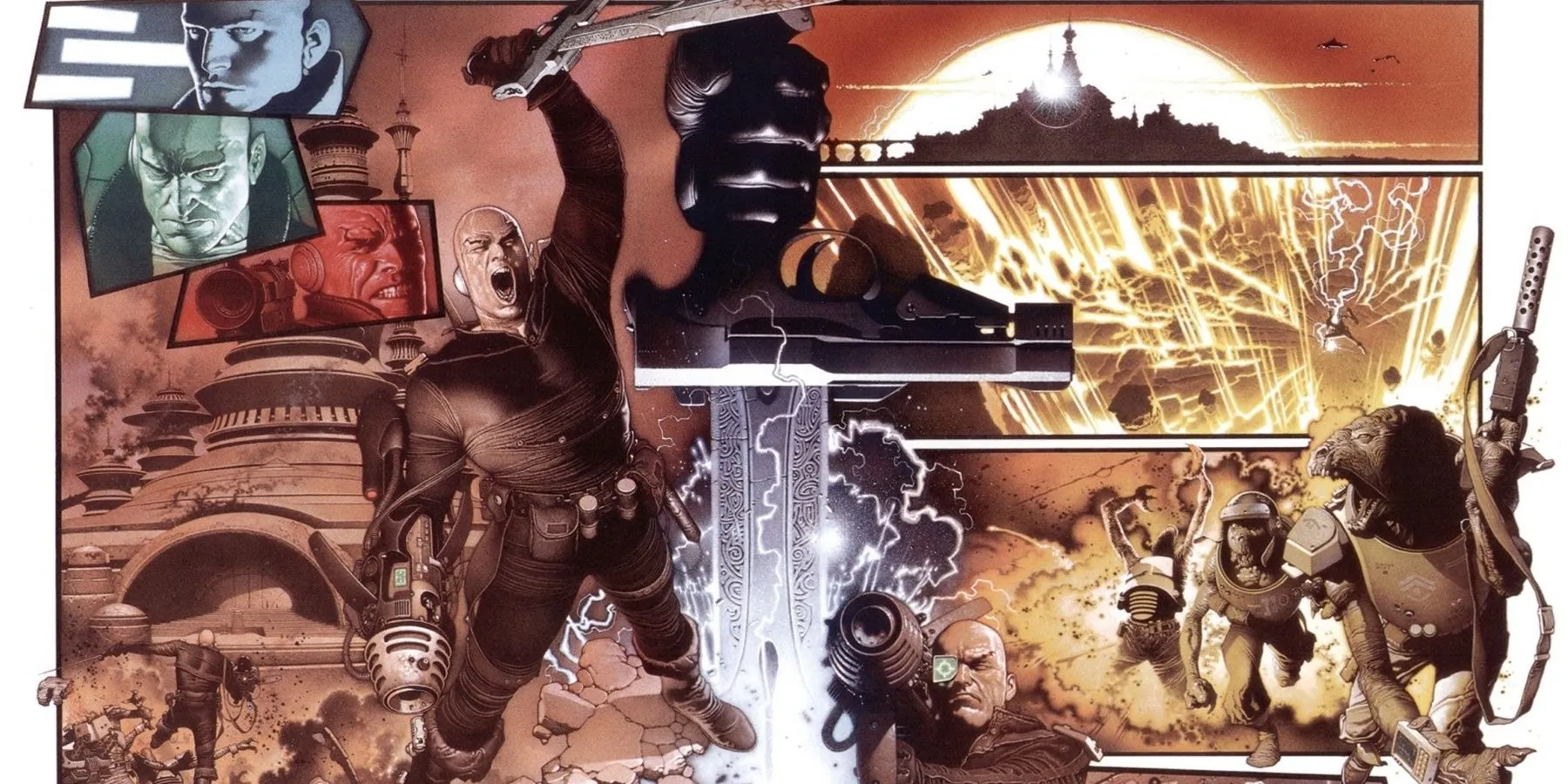
- Creators: Alejandro Jodorowsky and Juan Gimenez.
- Origin: France.
- Album: 8.
- Publication Period: 1992-2003.
Many elements of The Incal derived from Jodorowsky’s unrealized adaptation of Dune. The narrative built its own expansive universe known as the ‘Jodoverse’, filled with diverse characters, species, and cosmic events. One notable figure in this galaxy is the Metabaron, an immensely powerful cyborg mercenary, recognized as the last in a lineage of five who bore this title. Jodorowsky explores his story and that of his ancestry in the spin-off work The Metabarons.
The narrative unfolds through the perspective of a robot named Tonto, recounting the intricate history of the Metabarons to another robot, Lothar. It touches upon their ancestral rituals, belief systems, weaponry, and the rise of Incal’s Metabaron, known as Nameless, as the final titleholder. By digging into themes of tribal warfare, body modification, and spiritual awakenings, it mirrors the depth of Dune, revealing more about the complex tapestry of the Jodoverse.
4 Corto Maltese
A Stoic Sailor Whose Adventures Know No Boundaries
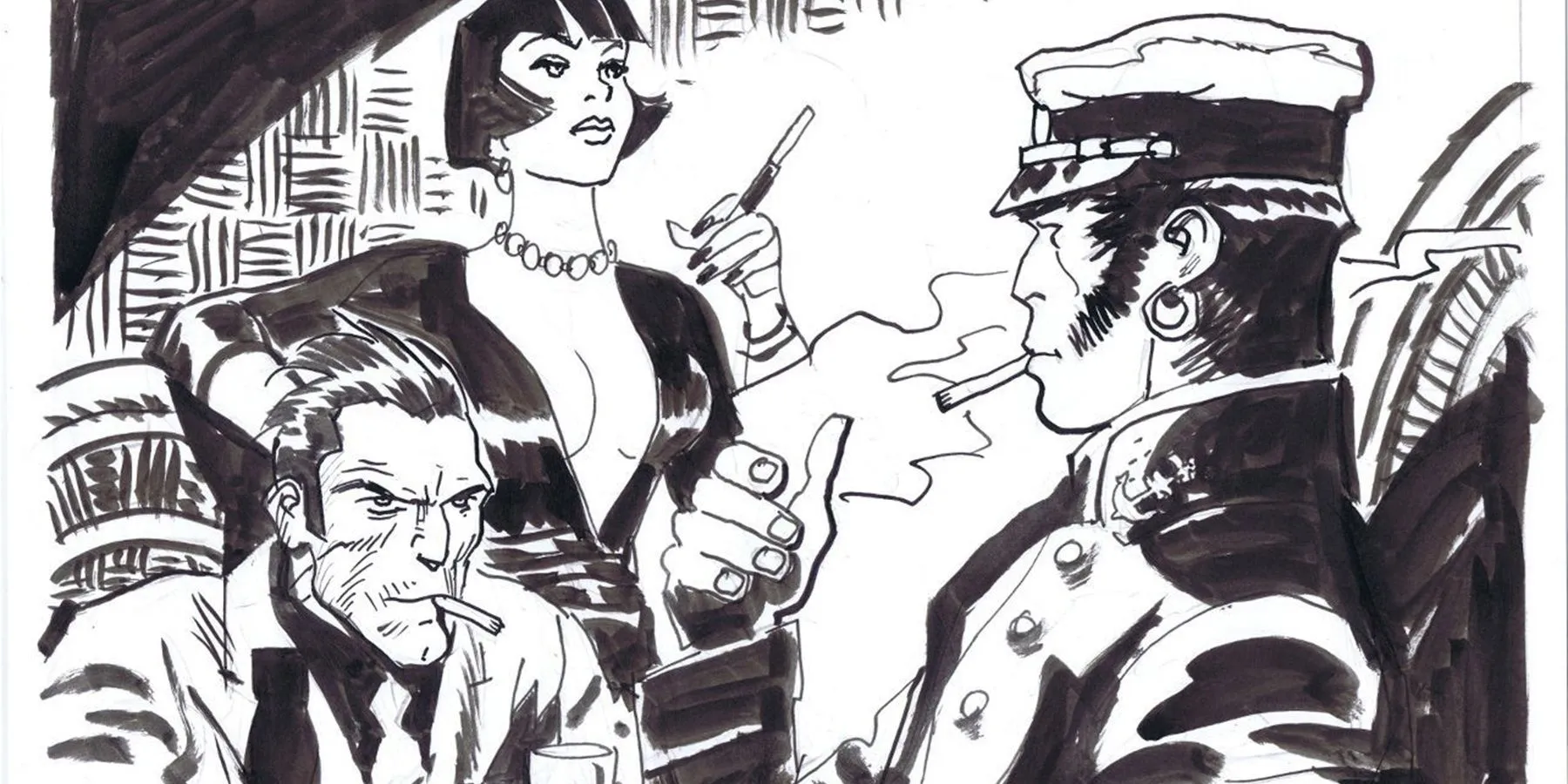
- Creator: Hugo Pratt.
- Origin: Italy.
- Album: 17.
- Publication Period: 1967-1989 (original), 2017-Present (under Ruben Pellejero and Juan Diaz Canales).
Adventurous narratives resonate with people from every spectrum of life, and perhaps this universality is why Corto Maltese is celebrated as one of the greatest comics ever crafted. This series is revered for both its compelling narratives and stunning illustrations. Renowned comic creator Frank Miller has even secured a deal to adapt it for Canal+ in 2022, despite potential concerns given his previous adaptations.
Set in the early 20th century, the plot centers around Corto Maltese, a sea captain of Anglo-Spanish Romani descent hailing from Malta. As a youth, a palm reader foretold that he lacked a fate line, leading him to create his own destiny and wander freely without prejudice, forging friendships with figures across social strata, from British nobles to Czech intellectuals, and even real-life historic personalities like James Joyce. This series balances realistic themes with fantastical elements, as Corto kneels to assist the oppressed or embarks on quests in lost realms like Mu, working with magical beings like Merlin the Magician.
3 Judge Dredd
A Determined Enforcer of Justice with a Complex Morality
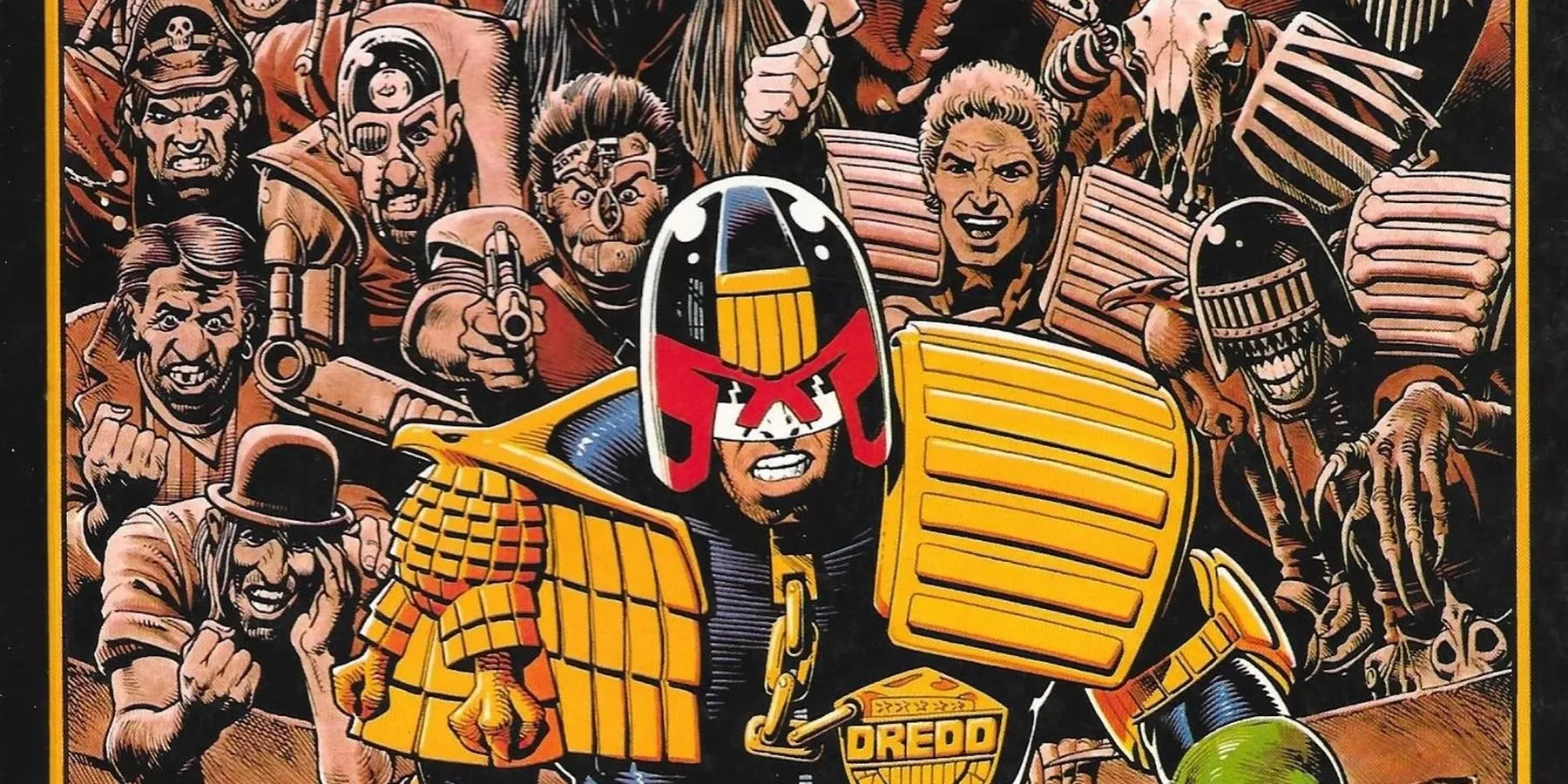
- Creators: John Wagner, Carlos Ezquerra, and Pat Mills.
- Origin: United Kingdom.
- Trade Paperbacks: 47+.
- Publication Period: 1977-Present.
It could be argued that the essence of Judge Dredd encapsulates the entire anthology of 2000AD, as this character is merely one of many that appeared in its pages. Nonetheless, while characters like Rogue Trooper and Strontium Dog also deserve recognition, Dredd’s complex antiheroic nature has made him the franchise’s most prominent character. Serving as a Street Judge in the sprawling Mega-City One, he wields the power to detain, convict, and execute criminals.
Armed with his Lawgiver firearm and Lawmaster motorcycle, outfitted with artificial intelligence, Dredd dispenses his own brand of justice amid the chaotic urban deep and the post-apocalyptic wilderness dubbed ‘Cursed Earth.’ This striking comic intertwines hard sci-fi elements with moral satire, poking fun at how draconian the laws of Mega-City One can be. The series takes the concept of justice to extreme levels, depicting a hero as likely to sentence individuals to prison as he is to defend the innocent.
2 Asterix
Clever Gaul Outsmarts Roman Legions with Intellect and a Magic Elixir
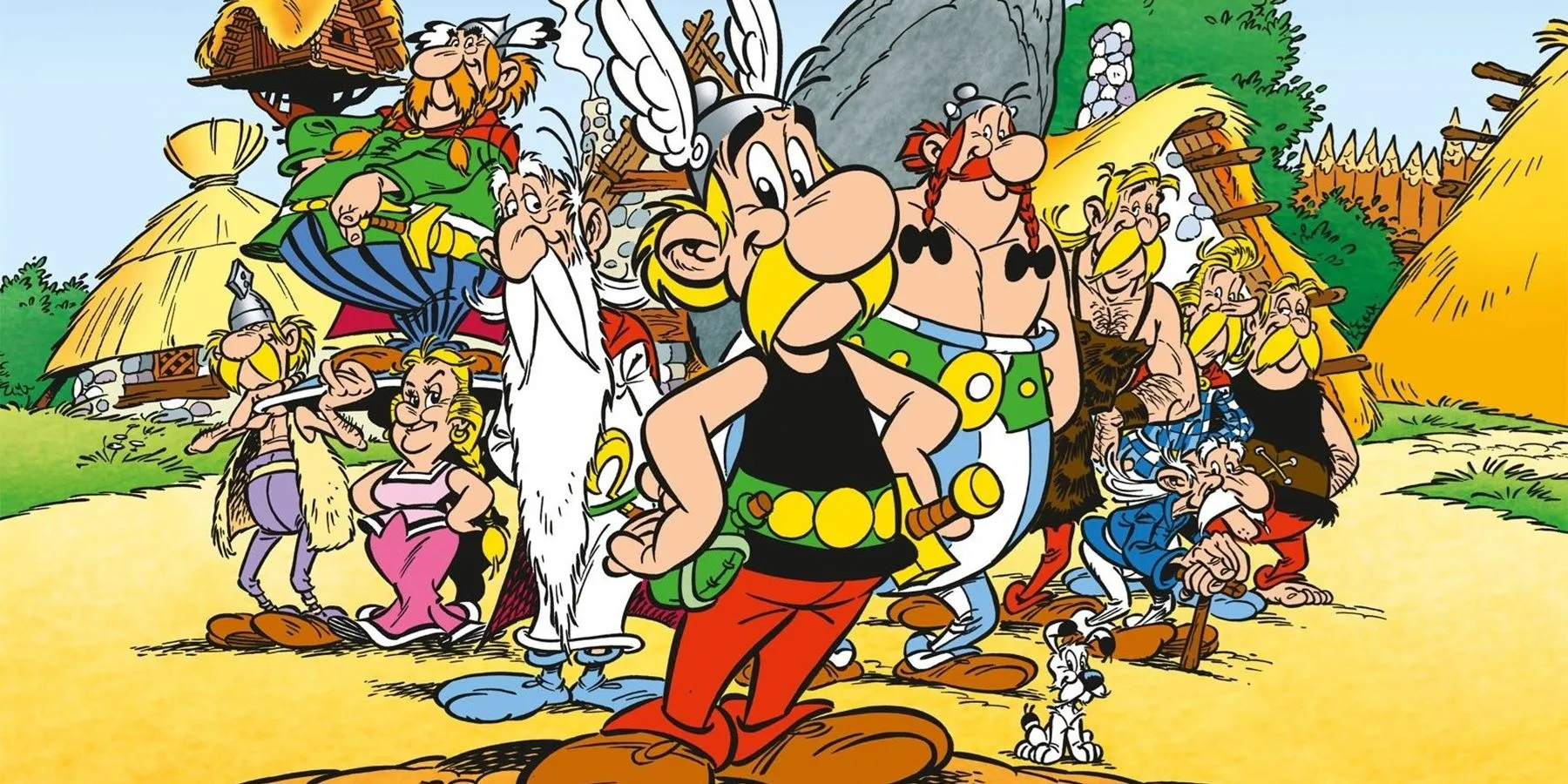
- Creators: René Goscinny & Albert Uderzo.
- Origin: France.
- Album: 40+.
- Publication Period: 1959-Present.
While Japan’s One Piece has achieved monumental sales, becoming the most successful comic series globally, it shares the spotlight with the long-established French comic Asterix, which has sold over 393 million copies as of 2023. This series follows a clever Gaul who, alongside his friend Obelix and aided by a magic potion concocted by the druid Getafix (or Paranoramix in French), consistently thwarts the Roman Empire’s advances.
However, Asterix is not merely about physical confrontations; its storytelling addresses deeper themes, including gentrification and the impact of capitalism. The characters voyage beyond their homeland to confront challenges in places like Egypt and India, earning Asterix a status akin to that of France’s own Mickey Mouse. The comic enjoys numerous adaptations across various media platforms, including animation and theme parks. While Uderzo’s artwork occasionally lacks finesse, the recent stories penned by Ferri, Conrad, and Fabcaro have revitalized and modernized the franchise.
1 The Adventures of Tintin
Young Reporter Explores the Globe Seeking Intrigue and Thrills
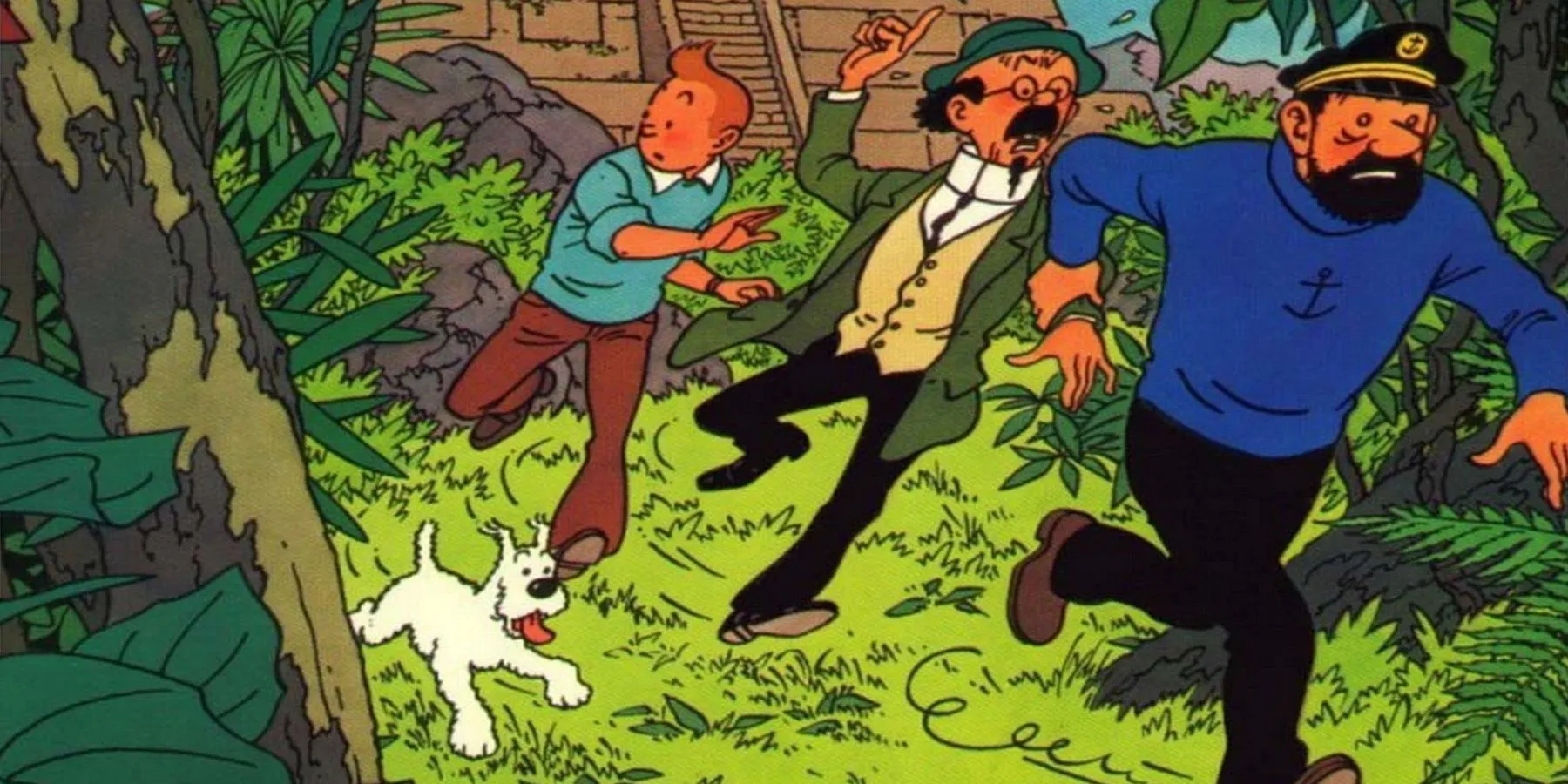
- Creator: George ‘Hergé’ Remi.
- Origin: Belgium.
- Album: 24.
- Publication Period: 1929-1986.
The ligne claire style, marked by its crisp and clean lines devoid of shading, was pioneered by the Belgian artist George ‘Hergé’ Remi, most prominently showcased in his monumental work, The Adventures of Tintin. The series chronicles Tintin and his canine companion Snowy as they traverse the world, uncovering mysteries and embarking on various escapades. Think of it as a blend of Indiana Jones and Uncharted, with the twist being a youthful Belgian protagonist and a gruff sea captain as his quirky friend (“Billions of blistering blue barnacles!”).
Despite its global rise in popularity, the series has struggled to gain a foothold in North America, apart from the animated film adaptation, The Secret of the Unicorn. Moreover, some of the earlier works have become problematic over time, with Hergé later distancing himself from less sensitive narratives like Tintin in the Congo, favoring his more progressive later stories. Like many classic animations from Disney and Warner Bros, it serves as a reminder of how past portrayals can reflect outdated sensibilities.




Leave a Reply